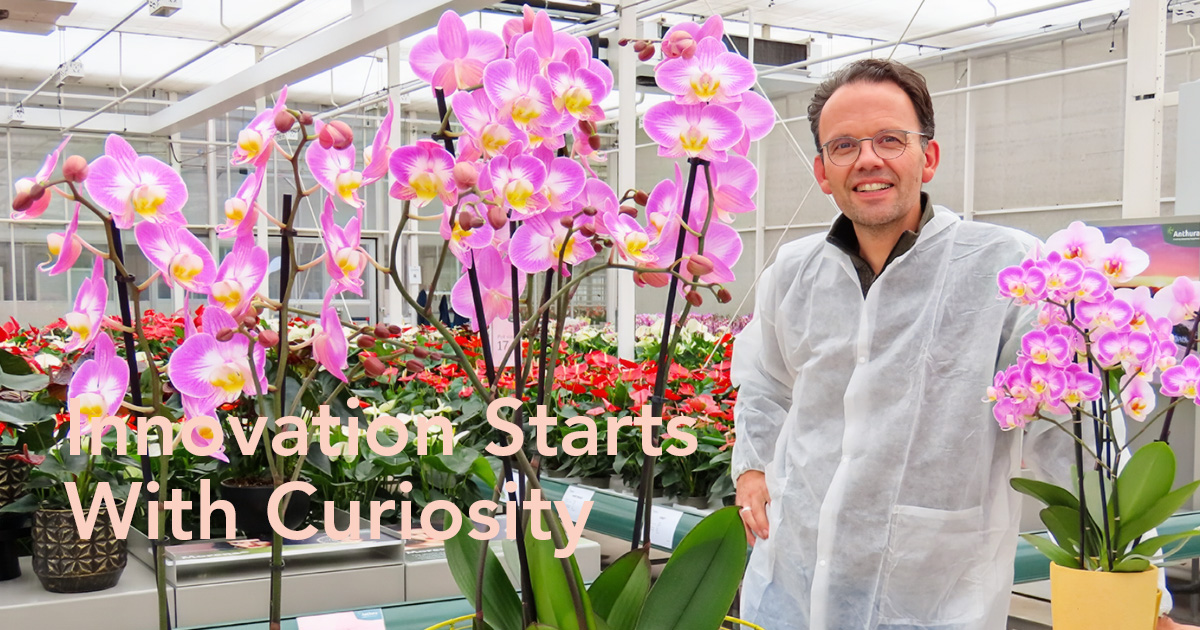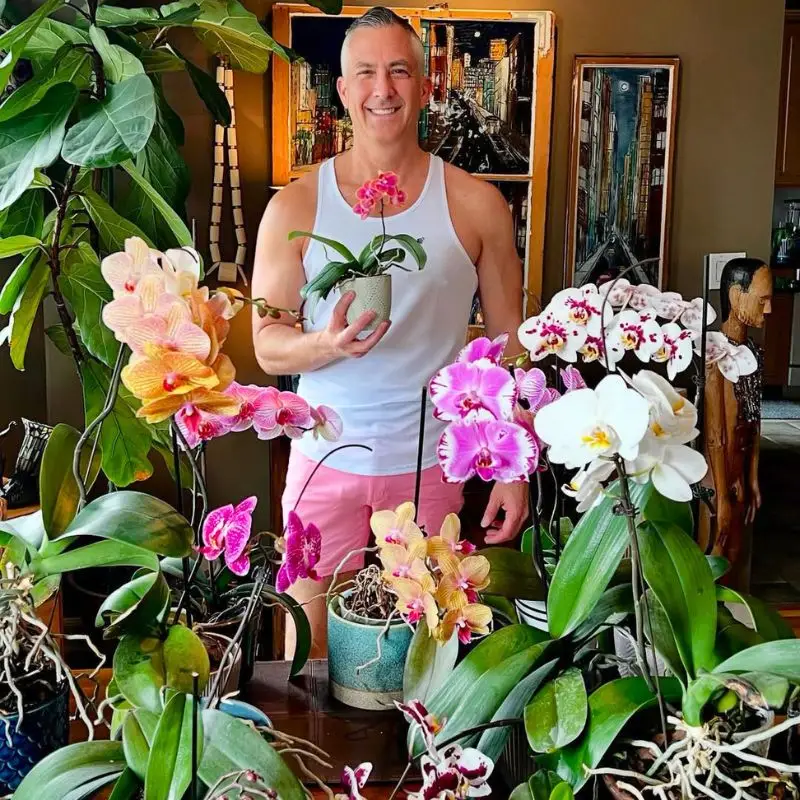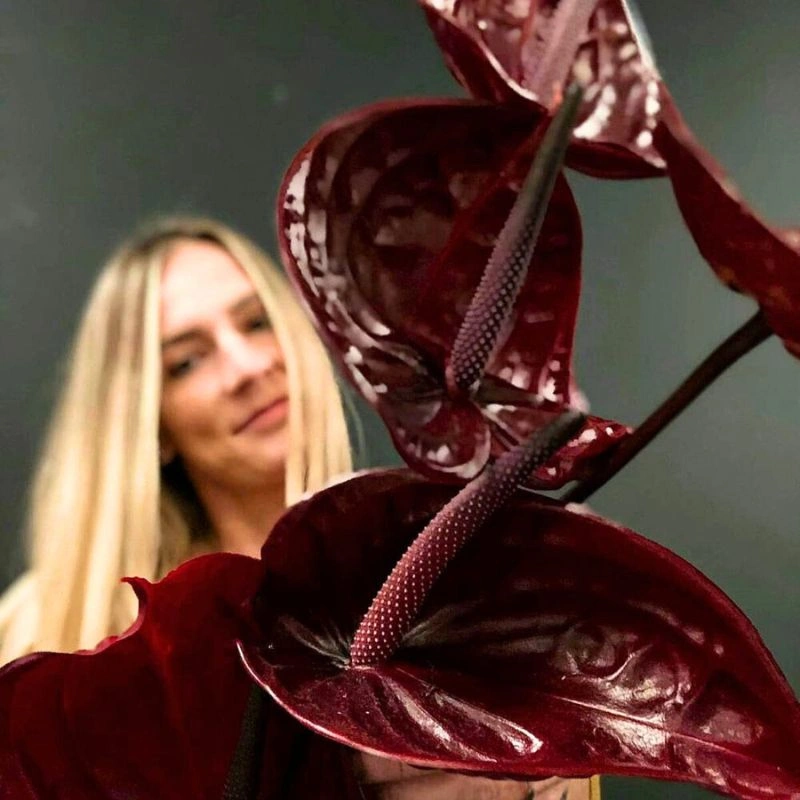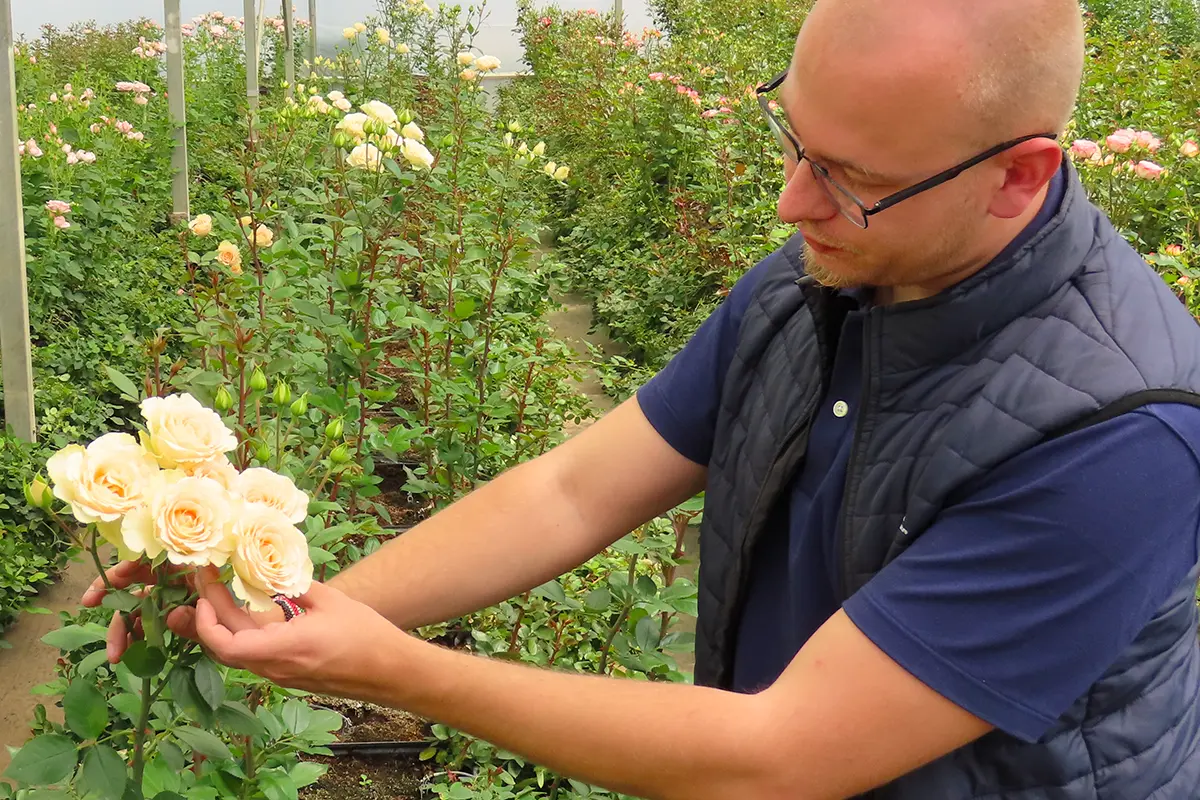In the art of creating floriculture, few breeding companies manage to combine science, intuition, and long-term vision the way Anthura® does. With decades of experience in breeding Anthurium, Phalaenopsis, and now even Bromelia, the Dutch company continues to shape the future of ornamental plants; not by chasing trends, but by creating them.
For breeder Gert-Jan Hoogendoorn, who’s been part of Anthura for more than two decades, innovation starts with curiosity. “As a breeder, you can’t think in seasons,” he says. “You have to think in decades.” Here's a story about thought leadership and how this leads to avant-garde product lines like the Sunca® Phalaenopsis.
Anthura's Art of Seeing Potential
Ask Hoogendoorn what a typical day looks like, and he’ll tell you it’s half behind a computer and half in the greenhouse. “You’re constantly translating genetics into new combinations,” he explains. “Thousands of plants grow, and maybe one or two percent will turn out better than what’s already in the market.”
In other words, breeding is a game of patience and precision. Out of thousands of crosses, maybe a handful make it to commercial success. But it’s in those rare plants that Anthura’s vision shines – varieties that blend beauty, resilience, and efficiency for growers worldwide.
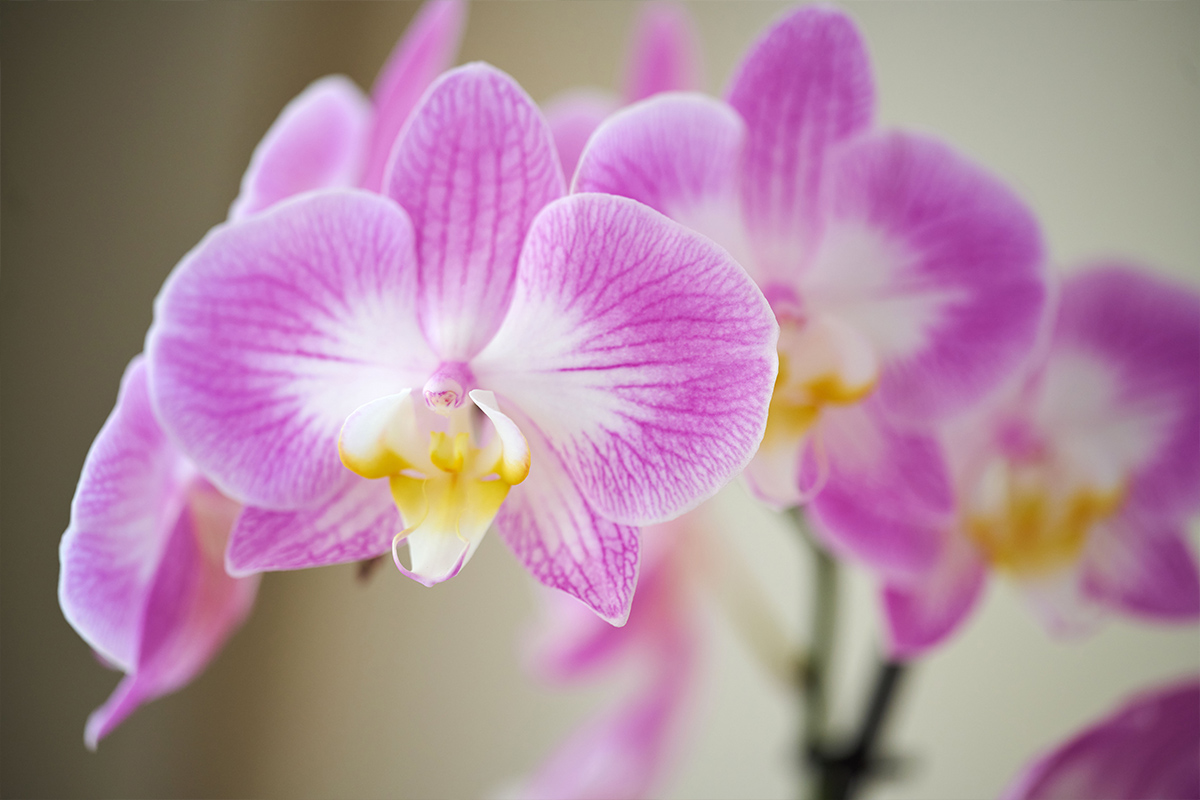
Show, Don't Tell: Guiding the Industry, Not Following It
At Anthura, thought leadership means taking responsibility for the future of the floriculture sector. That starts with openness. “Years ago, we decided to share shelf-life data of our Phalaenopsis varieties,” Hoogendoorn says. “Some thought it was risky – what if our varieties didn’t perform as well? But being transparent pushed everyone to improve. It set a new standard for quality.”
This willingness to lead through example has made Anthura a benchmark in breeding. It’s not only about developing new varieties, but also about setting the tone for sustainable and responsible growth. From investing in disease testing to experimenting with lower-energy cultivation, Anthura’s breeding teams don’t just respond to industry changes; they anticipate them.
Phalaenopsis Sunca as a Proof Point
One clear example of Anthura’s forward-thinking approach is the Phalaenopsis Sunca series. This is a collection of Phalaenopsis with sunny names inspired by Croatian cities, such as Zagreb, Split, Pula, and Zadar. It took nearly two decades to refine. Its soft tones, fluorescent yellow lip, and balanced form are the result of countless generations of crossing and selection.
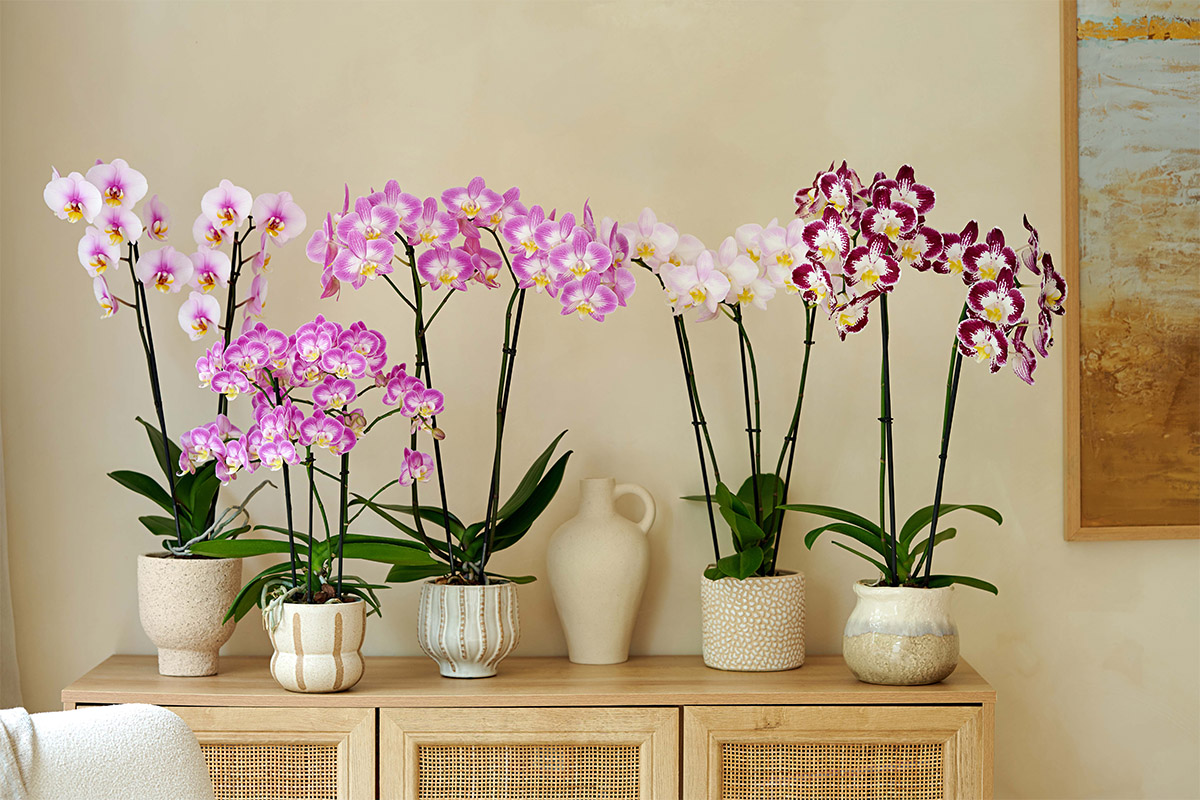
Hoogendoorn remembers spotting its potential early on. “When I first saw the parent plant, it didn’t look perfect – too coarse, not quite the right shape. But I saw something special in it, a hint of yellow in the lip, a unique pattern. It had promise.” That instinct paid off. Today, Sunca represents more than just a successful variety. It’s a symbol of how vision, patience, and teamwork can transform a breeder’s hunch into a global favorite.

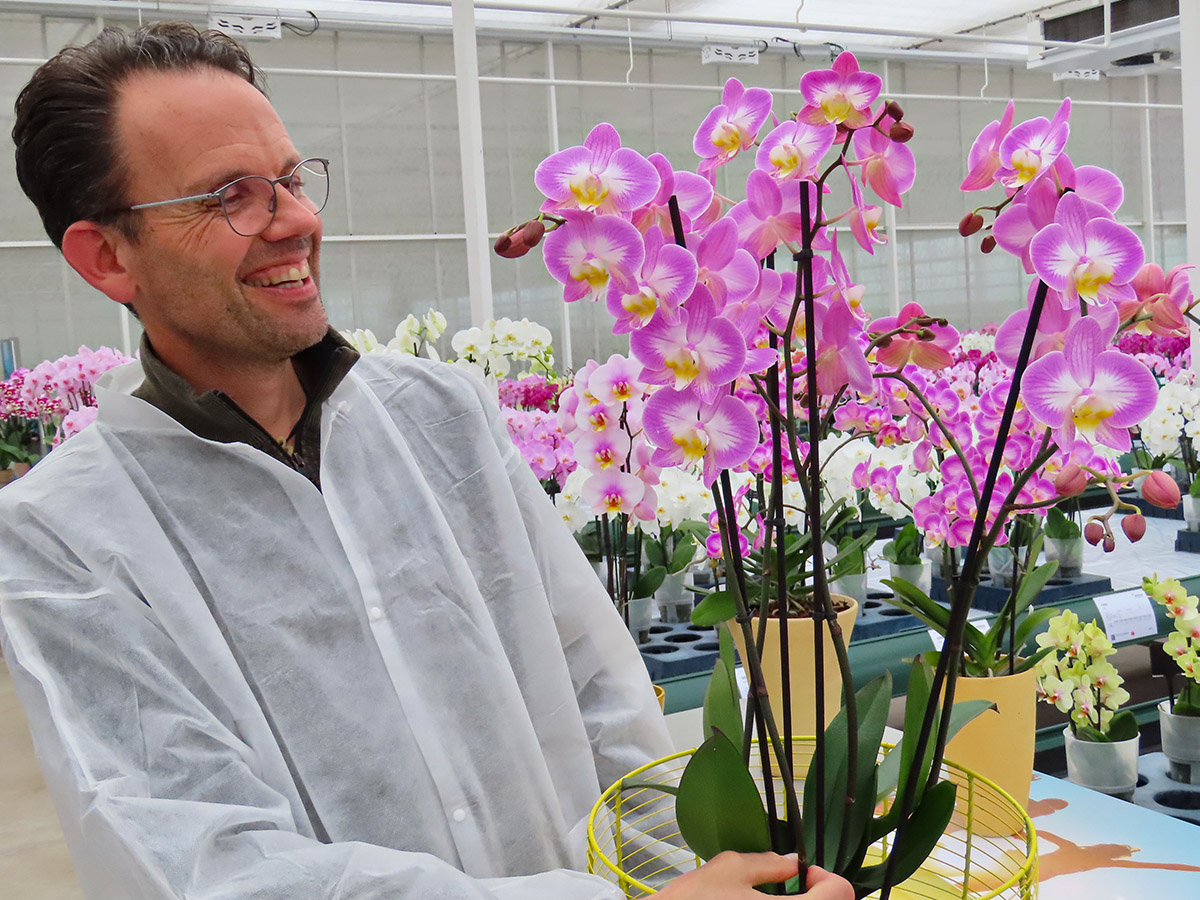
Still, Hoogendoorn downplays the glamour. “At the end of the day, it’s not about one product,” he says. “It’s about the process. About the long road of breeding, testing, and refining until everything fits: beauty, performance, and reliability for growers.”
Breeding Balances Beauty With Practicality
Florists might fall for the look of a new Phalaenopsis, but growers need plants that perform. That’s where Anthura’s technical expertise comes in. “A variety can’t just be beautiful; it has to fit into a grower’s system,” Hoogendoorn explains. “If a plant grows four weeks faster than the rest, that sounds good, but if it messes up your production rhythm, it’s a problem.”
This practical approach has become one of Anthura’s hallmarks. Breeding isn’t only about looks, but it’s also about creating varieties that are robust, uniform, and efficient. For Anthura, that balance between art and engineering is what defines long-term success.
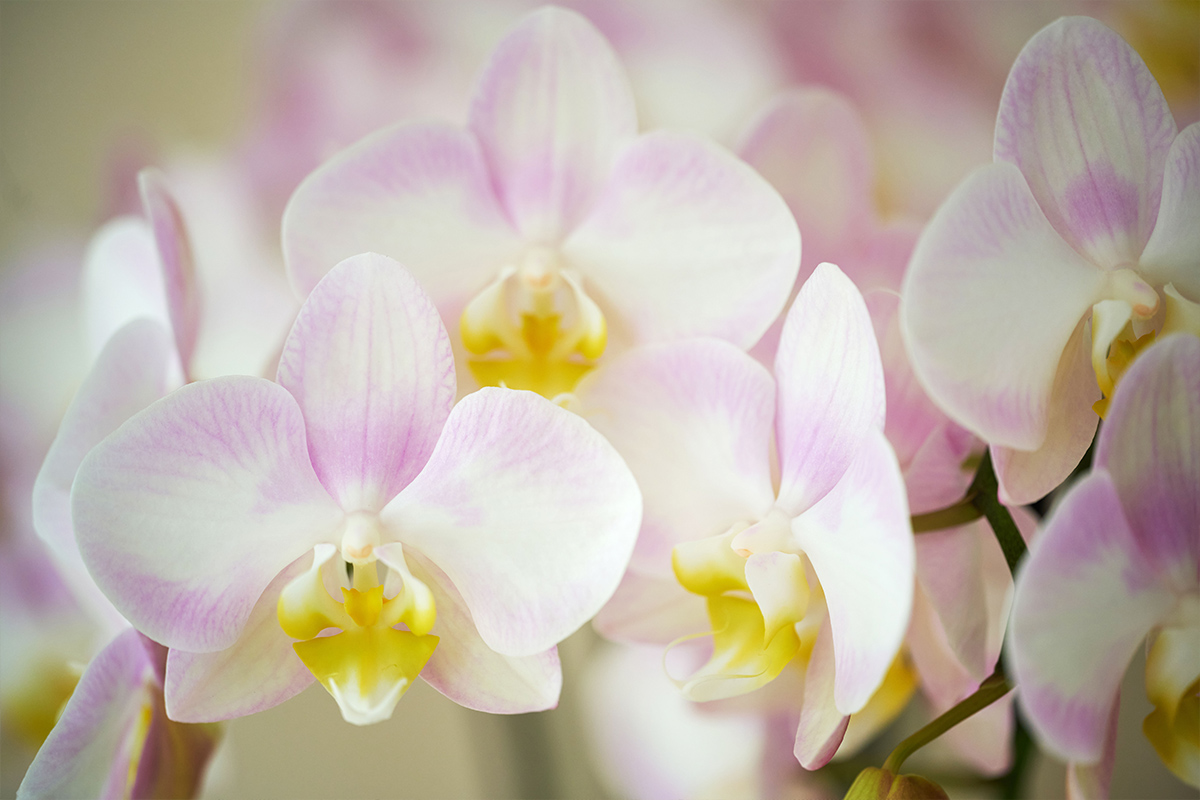
Sustainability as a Breeding Goal
Anthura’s leading by example extends far beyond the plants themselves. The company’s commitment to sustainability is deeply integrated into both its breeding and operations.
In breeding, that means developing varieties with natural resistance to diseases like Fusarium and Botrytis, which reduces the need for chemical treatments. “We’re investing in disease testing and molecular markers,” Hoogendoorn says. “That way, we hope to select more resilient plants even before they leave the lab.”
At the company level, Anthura is cutting its carbon footprint with geothermal energy, solar panels, and smarter materials. “We’re trying to phase out single-use plastics in breeding, and we are exploring water-hydrogen heating systems,” he adds. “It’s not just innovation, it’s responsibility.”
These steps reinforce Anthura’s broader leading role in the sector: showing what’s possible when environmental awareness becomes part of a company’s DNA.
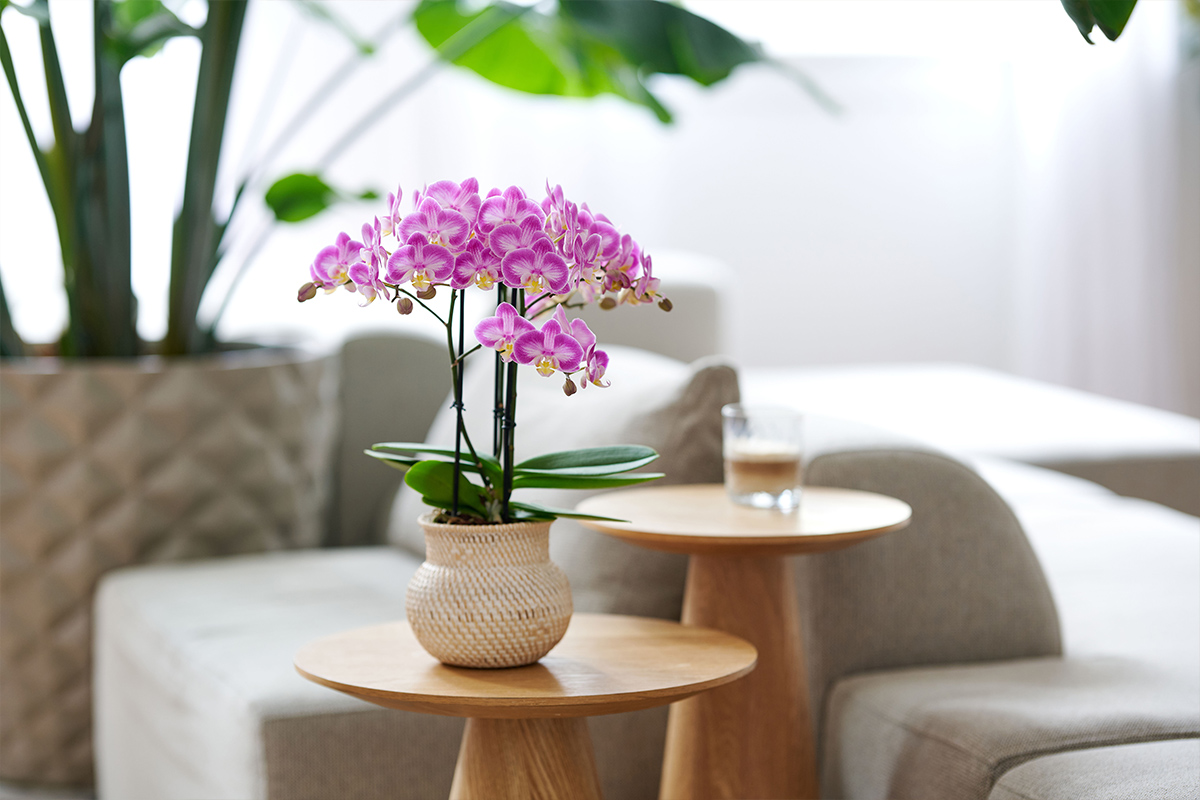
Digital Tools, Human Instinct
Technology also plays a growing role in Anthura’s breeding work. Automated systems now track data on plant growth, flower stems, leaf area, and color patterns – a process known as phenotyping. “It used to take days to count everything manually,” says Hoogendoorn. “Now, a computer can analyze thousands of plants automatically, which means we can make better decisions faster.”
Still, he insists that intuition remains essential. “You can have all the data in the world, but beauty is something you feel. That spark when you see a plant and just know. That’s something no algorithm can replace.”
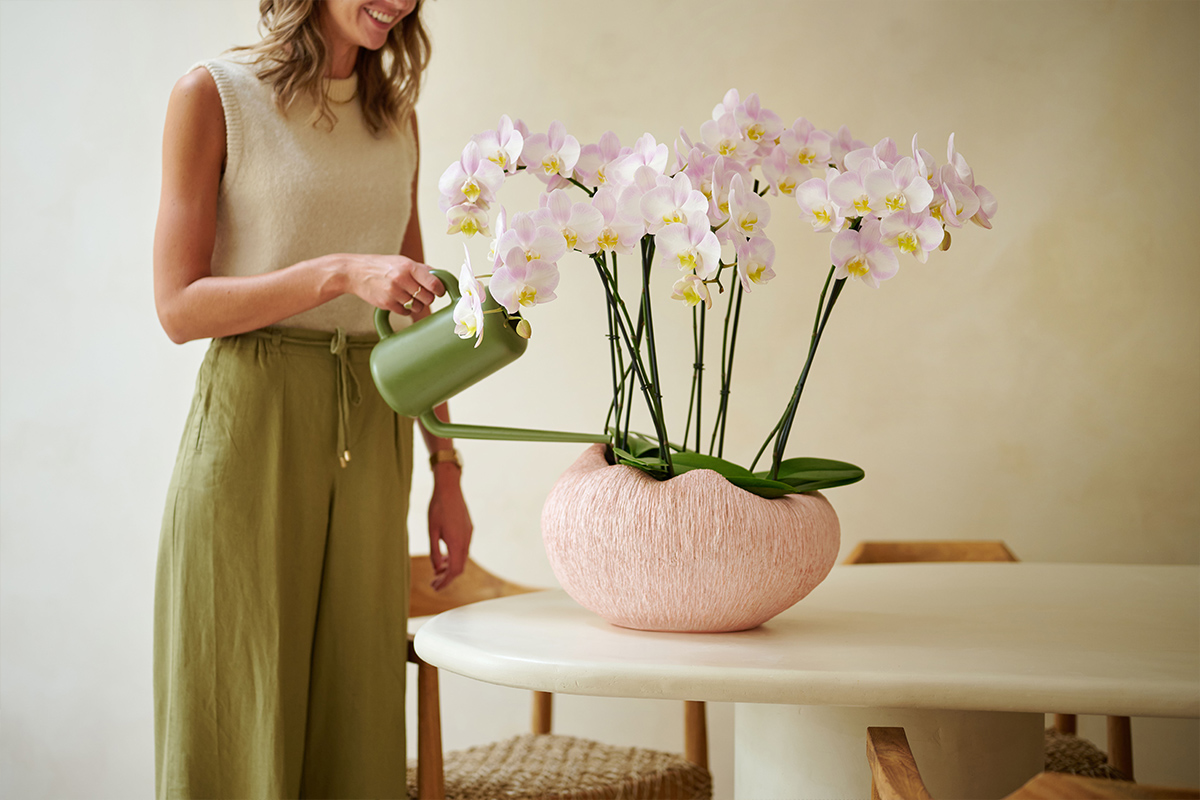
Looking Ahead: The Future of Breeding
So, what’s next for Anthura? According to Hoogendoorn, the future lies in more sustainable, more efficient, and even more beautiful plants. “We’re working on varieties that can handle lower temperatures, so growers can save energy. And we’re exploring new color combinations and compact forms that match how florists and consumers design today.”
That future will, of course, take time. But that’s exactly what Anthura has always understood, that true leadership in breeding means playing the long game. For Anthura, this isn’t about being the loudest voice in the room. It’s about consistency, collaboration, and curiosity – the quiet confidence of a company that has shaped ornamental horticulture for more than eighty years.
From transparent communication to innovative breeding and responsible energy use, Anthura continues to raise the bar for what it means to grow both beautifully and sustainably. As Hoogendoorn puts it: “We’re not trying to predict next year’s color trend. We’re creating the plants that people will love ten years from now.” That mindset – patient, data-driven, and deeply creative – is exactly what makes Anthura a true thought leader in the global floriculture chain.

